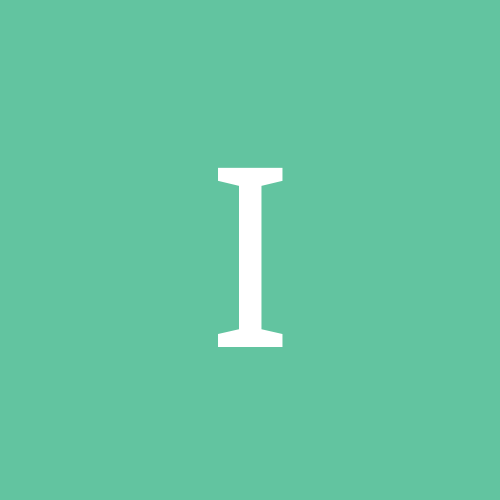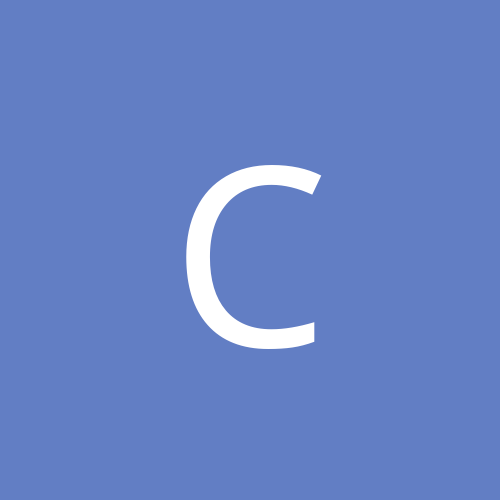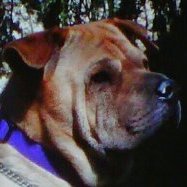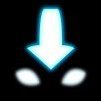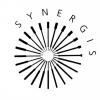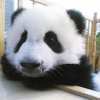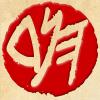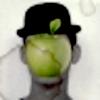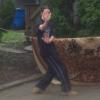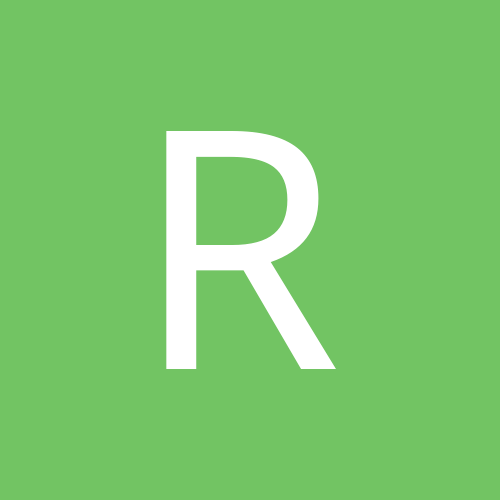Search the Community
Showing results for tags 'i ching'.
Found 14 results
-
What are your favorite translations of the I Ching? I like the Wilhelm/Baynes version a lot and own a hard copy, but have found Stephen Karcher's Mothering Change I Ching to be helpful as well. I recently found the Eclectic Energies I Ching online, and I enjoyed it. I have also read a few of the other I Ching sites online, including Cafe Au Soul. I feel I get something a little different from each one, and I learn new things about the I Ching and various hexagrams. It seems that each different translation provides a little piece of the puzzle, as long as the translation is in line with the original intended voice.
-
Greetings, I'm a beginner in Daoism and want to go with the flow. Bought a book on I Ching, experimented with coins and told fortune. I was wondering about the seal script and their relation to mythical creatures, if you tattoo a seal could you bind the animal? Can't wait for the year of the dragon to spread my wings.
-
Hey fellow bums i posted here several months ago a bit prematurely it seems. I was transitioning from years of asceticism and trying times to gradually reintegrating back into the world. Now the shackles that the I Ching had put on me for years as an expedient means to cultivation have come off, my austerities I was doing (diet, hygiene, letting go of desires in general) seem to be over and done with. As nice as it is to live a normal life again with new eyes and appreciation, I don’t want to rest on my laurels and believe the time is right to seek a genuine teacher who can encourage and guide me on my path. The only prerequisites I’m looking for are someone who is sympathetic to the I Ching path as well as the bodhisattva aspiration. I have little to no experience with internal arts but I think I have progressed extensively through years of non doing, refining my thoughts, attitudes, and conduct, and attempting to devote my life to service. I’d be happy to hear from anyone, teacher or not, but ultimately I hope to be pointed toward expedient and optimal practice tailored to how I am. I hope to get feedback from you guys. thank you, -Elliot 🙏🏼
-
What is the relationship between the Yijing and Daoism, in general? This may seem like an odd question but one that I need some guidance on. Somewhere ... and I can't recall where but pretty sure in was in TDB ... I think I recall someone stating that the Yijing was really not a Daoist writing. This statement ... or my misinterpretation of some statement ... has been stuck in the back my head and been haunting my study. I have always considered the Yijing as part of the greater idea of daoism. Is there any basis for thinking it is not? What is the generally accepted sense of positioning the Yijing relative to Daoism? Any guidance, greatfully appreciated.
-
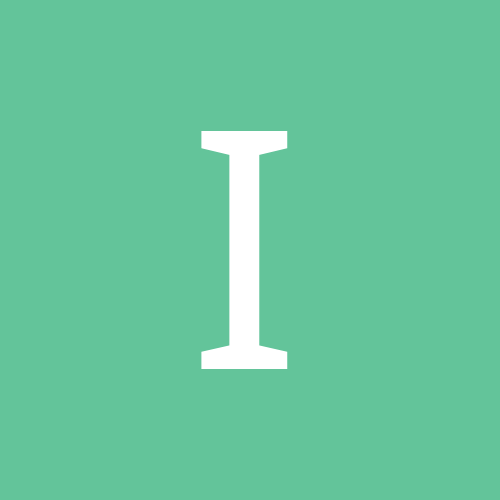
I Ching and magical thinking
interpaul posted a topic in Miscellaneous Daoist Texts & Daoist Biographies
I've recently been exploring the use of the I Ching to see the relevance of this ancient text in modern times. I have found some answers very interesting and others off topic. As I step back from this I wonder if the books primary success comes from creating an alternative reading experience. It's like reading the bible in random bits over a year. The exposure to the text, even out of sequence, still communicates the messages. Although a part of me wants to be open to the divining power of the text, it is hard as a modern person to completely shut off the scientific mind. Curious how many folks on this forum have used this text and how you use this ancient text. Do you ignore messages that don't seem in alignment with what you were hoping to read? -
Hi all I'm from Ireland, i'm an acupuncturist and work with tuina tai chi and qigong. been deep diving the i ching in relation to a style of acupuncture recently and would like to know a bit more. not even sure which questions to ask yet! This seem to be the place to big wave from Ireland
-
Hi Bums, As some of you know, I just love comparing the metaphysical systems of different times and cultures with one another. Frequently, I find that they have central ideas in common. Thus a comparative approach tells us more about the Collective Unconscious, shared by all of humanity. Looking at an Archetypes from a variety of different perspectives serves to illuminate and amplify it further. Chapter 50 of the Daodejing seems to be a good example for what I mean. From Robert Henricks' translation: Now, the Death card in Tarot is the thirteenth of the Major Arcana. The traveller who comes out into life and goes back into death is The Fool. He stands both at the beginning and the end of the series of the Major Arcana, so he can be attributed with both the numbers 0 and 22. Cards that share the same checksum are seen as related with each other, like Death and The Fool, since they can both be reduced to the number 4. The fourth of the Major Arcana which is The Emperor. He is another important Archetype in Daoism, but we will safe him for later and stay with The Fool. The Fool is the eternal spiritual seeker, the original Tarot Bum undertaking the adventure of Individuation. He represents our childlike and spontaneous nature that we start out and hope to end up with. He is the wandering Daoist sage so prevalent in both Lao Tzu's and Chuang Tzu's writings. Ideally, he in fact attains (a kind of) immortality. Chapter 50 of the Daodejing continues: As we see above, the tiger indeed cannot injure The Fool. He is protected by his spiritual "innocence" or state of wu wei.
- 4 replies
-
- 7
-

-
- Archetypes
- Collective Unconscious
- (and 8 more)
-
I recently purchased The Magician's I Ching by Swami Anand Nisarg. The book has helped me understand some things about the I Ching I didn't before. However, the one thing that has frustrated me to no end is the utter lack of explaining how a person throwing the sticks - using the method he describes - determines which line (lines?) is the changing line. This book using 4 carpenter's pencils rather than 50 yarrow stalks to create the hexagrams. He gives an explanation of why the 3 coin method is not as good as the 50 yarrow stalks (it has to do with mathematical probabilities). So he developed the 4 carpenter pencil method to duplicate the probabilities of the 50 stalk method without actually needing to haul around 50 stalks. Sounded great. Until I got to the section where he talks about creating a hexagram. And that's when I realized this book is probably meant for people whom already have been casting i ching hexagrams for many years. He just tosses out a single line about needing to determine the changing line but fails to explain how one goes about doing that. This in a book where he stresses in the introduction and the publisher has on the back cover how it's a book meant for i ching noobs. Can anyone here explain to me step by step how you go about determining which line (lines? can there be more than one changing line?) is the changing line? Any help is appreciated. **** Edit: corrected typo
- 6 replies
-
- 1
-

-
- i ching
- magicians i ching
-
(and 1 more)
Tagged with:
-
I'm looking to pick up Edward Shaughnessy's translation of the pre King When version of the yijing found in a tomb near Mawangdui. Here is the question though. He has two books on it. The first one is just called I Ching (Classics of Ancient China). It's description says that it is a translation of the yijing found at Mawangdui. This is what I want, but his second book Unearthing the Changes: Recently Discovered Manuscripts of the Yi Jing and Related Texts, says it also has the translated yiching as well as other texts. I would like to get the Second book, since it seems to have more. But my fear is that it's yijing translation might be trimmed down to fit it in this book with all the other stuff. So what I am hoping is that someone on this site has seen both of them and can tell me that the book titled Unearthing the Changes has the same amount of content on the yijing as the one just titled I Ching. Thank you in advance for any help.
-
After a few months of generating hexagrams, roughly once every few weeks, I've started looking for long-term patterns in the sequence by plotting them in a dated line. There are some 'strange' (ie. less than random) patterns in places I've noticed; generally I'm a fairly critical person who tries to understand the probabilities of the world, but here I'm left wondering. Is this something anyone else has done or could offer any advice/pointers on, in terms of divination across readings? Happy to discuss specifics too, although I'm always a bit wary of breaking the 'personal' connection with it.
-
This, being a taoist (primarily) forum with heavy oriental influences, i had thought it would be appropriate to let users choose their profile readout so that instead of showing in verbatum our birth date, we could opt to have it show users our chinese zodiac! I think.... this might require some programming knowledge and deep understanding of the Zodiac algorithm, but it would be fun to look at my profile and see it show my age as Ox and my DoB as Yin Wood Ox, Rooster; Dog. I think that would be wicked fun for everyone!
-
I've been busy these past few months getting much deeper into meditation and trying to get through assorted blockages. Recently I'd swear that for brief moments my 'center of being' has moved from my head to the center of my chest. I guess that is the heart center (heart mind)? Tonight was a good meditation session. I'd been ruminating briefly about the text . But something came up unbidden tonight that surprised me and I do not know what to make of it. I'd swear I got the impression a Taoist Being (Immortal?) visited me only a few moments ago (I could sense him plain as day!) and granted me these lines: Hexigram 16 Daughter Under Mountain In Winter Old Yang becomes Yin Hexigram 16 And then he left!! And I am absolutely befuddled. I have never studied the I Ching ever so I do not really understand what these lines are telling me. I do have a copy of the I Ching (Master Alfred Huang) so about the only thing I could figure out to do was simply look up Hexigram 16. Master Huang translates 16 as Delight Then he goes on to discuss what this hexigram means (I presume) depending on which line it's placed in? There were many different interpretations for just this one hexigram. Some were of seemingly good omen (lots of times they seemed variations of 'persevere and you'll be rewarded' type) but others seemed to indicate pride and conceit which leads to woe. Or I guess as a westerner might say "pride goeth before the fall" So I do not know if these lines are the Tao telling me to persevere and I'll make progress in meditating or if I'm scheduled for some sort of woe this coming winter. Does anyone have any idea what this might mean?
-
This is the first modell I make of after thinking about the 5 Elemental Phases I used pictures from http://donlehmanjr.com. to create this Model. While thinking about using the direction force of the 5 Elemental Phases I recognize Phases which are there opposite which have to balance out. Metall + Fire = Contraction +Expansion , Wood +Water = Rising + Sinking. I thought about Earth is circulating or producing,centering stabilizing. Then the thought came to place it in a cross. I thought about Yin and Yang For example:Expansion can be example from inside when one use inner force to push Qi out or it expands because the enviroment is sucking the body, vaccumizing. Next thought came that fromm the 1 "Tai Chi" 2 "Yin and Yang" has 4 different Combination known as "Sixiang" with 8 "Triagram". First my thought was on the Sixiang. The four desribe for me 4 Phases Fire, Water Wood, Metal as a picture This I found here http://www.fengshuimestari.fi/Feng_Shui.html Fire = TaiYang = South Water = TaiYin = North Metal = ShaoYin = West Wood = ShaoYang = East The problem where is earth and Symbol? I was then had the thought of Yin and Yang. So I placed Yang above and Yin below. The reason was all things earth must be center as it is in Feng Shui are Yin and Yang as in "Heavenly Streams" I read the character of earth is producing. So things are Yin Yang and in greater Heaven and Earth. Accidental I place it above the Bigrams Diagramm. And so I produced the first Triagramm : Heaven and Earth. My mind shifted and I saw by adding a line above the Biagram I could produce a Triagram. For some kind of reason I had the logical to place the yang from above and when I look below I saw that by adding a line below and removing the upper line i produce the next Trigram from the 6 Triagrams. So above are now 6 Red line representing Yang and below 6 Yin. But different than the seasonal diagram I resulted in Kan and Li instead of Zhen and Dun. Logic is Zhen and Dun because of the extreme Yin is slowly changing to Yang resulting in less Yin Lines. But as well from the build the Kan and Li is technical logical from the order of Yin and Yang. Thinking about that "life" is pretty complicated thing. I then had a shifting and saw that from the four lines the first above and the 4th from above are exchanged Red line becomes Green Line. They are for me the two spots of the Ying Yang Symbol. Also the black lines are moving lines by remembering about Divination has such thing. So I resulted in this Diagramm. I made circles so one can try to imagine and see the triagram which are in the passed down charts around. So I make a digram which has from Tai Chi down to Bagua all involved. There are some thought by looking at this diagram: The spring time is for me a strange time having the exchange of the Lines at the beginning and the end between Winter and Summer. I think that there are two different clear circles and one not so clear. A clear run of Kan and Li a clear run of Zhen and Dui and the diffent changes and combination of Kan, Li, Zhen Dui. I have only a guess but "Zhen Dui Cicle" is to produce. Because Yang is rising The "KanLi ZhenDui Circle" is growth. As in life the is up and down of Yin an Yang. The "KanLi Circle" is seemingly when it comes to decay. Water and Fire oppose each other if one has not a cultivation method to change the clashing and destruction. The thing I have as last thought in this post is: "When one change on still live. Things which are not changing a dying as quote somewhere" Next would be I Ching the combination of the Triagrams to Hexagrams having 64 Hexagram+ 8 Triagrams. Which if count in for each 6 line can change one can have a hell of work to analyze the the possible changes. Since there is 1 to 6 line that can be change and everthing below 6 has also different combimation.But mathematical there is a limit. A foreplay would be starting with Trigrams with moving lines first. But that for another time.

